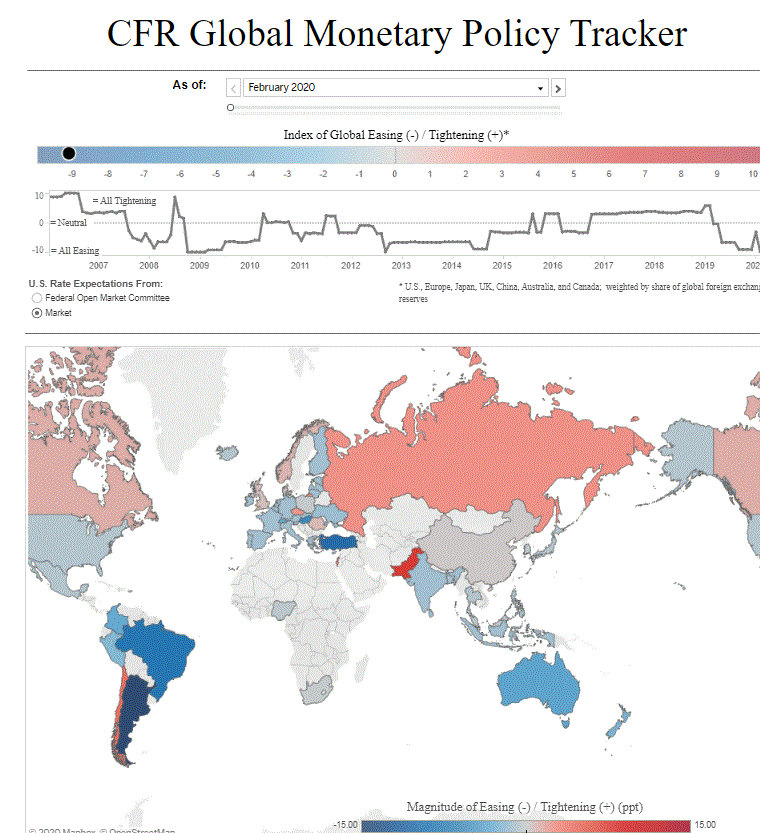
By Michael O’Neill
Baby boomers can’t catch a break. Some of that cohort, born between 1955 and 1960, began their careers in a record-high interest rate environment and are finishing their work-life as interest rates plumb record lows.
Those who finally scraped up the down-payment, and nerve to buy their first house, in the early 1980’s, faced astronomical mortgage rates in the 20% range. It was daunting, but they got through it without the need for support groups or any sort of social validation. Those same homebuyers are nearing retirement. The clubhouse turn is a just memory as are sky-high interest rates (SHIR). Retirees hoping for interest income are ZIRP out of luck.
The COVID-19 pandemic sent central bankers scrambling to cut interest rates and cut they did. The US Federal Reserve cut rates twice in March, and once in April, taking Fed Funds from 1.75% to 0.25%. The Bank of Canada (BoC) went one better and cut three times in March. The overnight rate is currently 0.25%. That is what is often called a Zero Interest Rate Policy or ZIRP.

Source: Council of Foreign Relations
The central bank actions were not to cure the coronavirus but to ensure there was plenty of liquidity in the banking sector. The Bank of Canada said they “wanted to keep credit flowing and affordable.” They say that lowering interest rates reduces payments on existing and new loans. The BoC and the Fed see lower interest rates as a way of stimulating the economy. How so?
The BoC overnight rate is sitting at 0.25%. Meanwhile, Air Canada announced plans to layoff 20,000 people, Toronto’s Canadian National Exhibition, and the Calgary Stampede, as well as a lengthy list of concerts, and festivals, have been cancelled which also scraps a long list of summer and part-time employment opportunities. Scores of restaurants have been closed and will never reopen again, leaving their staff, looking for work. The list goes on and on.
President Trump was clamouring for lower Fed rates since early 2018. Chair Jerome Powell pretended to ignore his tweets, but still slashed rates low enough to be described as ZIRP, or Zero Interest Rate Policy.
Mr Powell has often said about the Fed: “We have a long tradition here of conducting policy in a particular way, and that way is independent of all political concerns. We do our work in a strictly nonpolitical way, based on detailed analysis, which we put on the record transparently.”
That statement may not be entirely accurate based on the President’s tweets and corresponding Fed rate actions.
On May 12, Trump tweeted “As long as other countries are receiving the benefits of Negative Rates, the USA should also accept the “GIFT”. Big numbers!”
The Fed Chair disagrees. He told Scott Pelley of 60 Minutes ““I continue to think, and my colleagues on the Federal Open Market Committee continue to think, that negative interest rates is probably not an appropriate or useful policy for us here in the United States”
Incoming Bank of Canada Governor Tiff Macklem appears to prefer ZIRP to NIRP. He said there are some disruptive effects of negative rates, saying “When you’ve already in a disruption, you might want to be hesitant about introducing a new source of disruption.”
The Japanese and European’s may be perplexed at Trump’s claims that negative interest rate policies (NIRP) are a gift. Both countries have them, and if they are supposed to boost growth, they aren’t. EU GDP growth has flitted between 1.3 and 1.7% since January 2019, Japan’s growth is even worse- a mere 0.7% in 2019. US growth has been between 2.0 and 3.1% in the same period.
USDCAD traders hear ZIRP, NIRP, and just don’t care. The Bank of Canada’s actions to fight the economic impact from the COVID-19 pandemic were part of a coordinated G7 central bank response and not Canada-specific.
Instead, traders are looking ahead to the post-coronavirus recovery. Many forecasters are predicting a robust second half, often described a V-shaped recovery. Others are a lot less optimistic because of fears of a secondary COVID-19 outbreak.
Count the Federal Open Market Committee (FOMC) members in the pessimistic camp. The FOMC minutes, released on May 20, paint a gloomy picture.
The members were concerned “that the ongoing public health crisis would weigh heavily on economic activity, employment, and inflation in the near term, and posed considerable downside risks to the economic outlook over the medium term.” Mr Powell may not want negative rates but the FOMC minutes certainly suggest they are a possibility.
Retiring Baby boomers won’t be thanking Trump for his demand for negative rates. But maybe he didn’t mean it. Perhaps Trump confused his coronavirus hydroxychloroquine treatment and took a dose of Lysergic acid diethylamide. It would go a long way in explaining his tweet.





